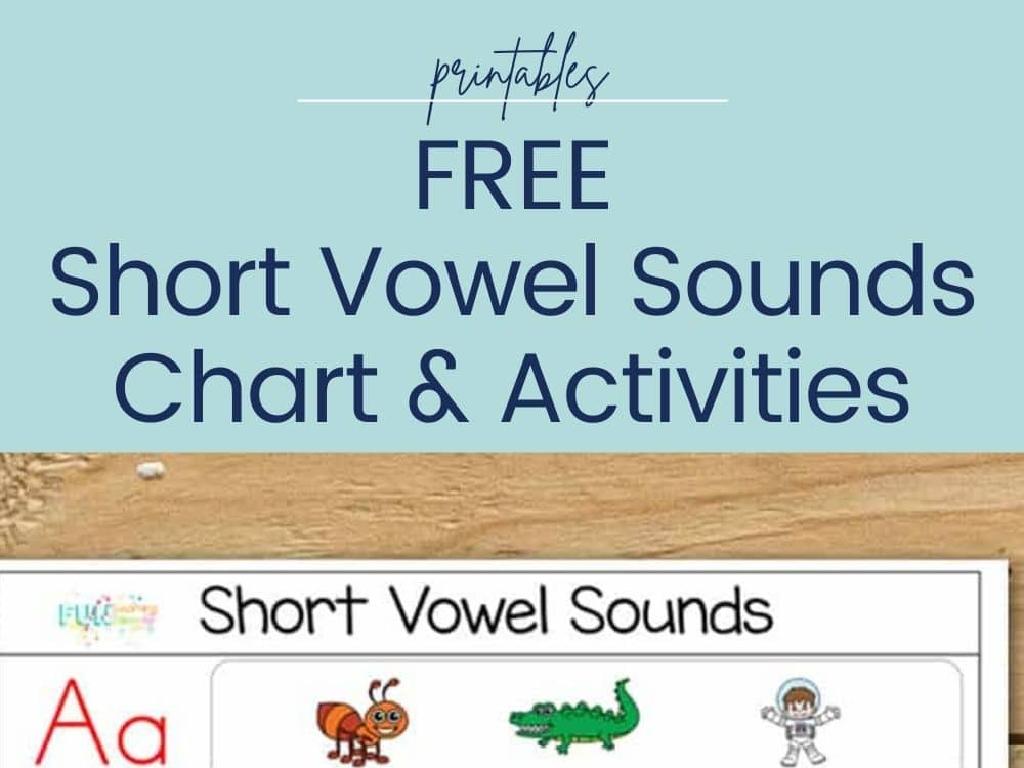Identify Prepositions
Subject: Language arts
Grade: Sixth grade
Topic: Prepositions
Please LOG IN to download the presentation. Access is available to registered users only.
View More Content
Welcome to Prepositions!
– Define prepositions
– Words that show relationships between nouns/pronouns and other words
– Importance in sentences
– They connect ideas and give information about time, location, or direction
– Examples of prepositions
– For example: above, below, beside, between, during, except, through
– Practice identifying them
|
This slide introduces the concept of prepositions to the students, explaining that prepositions are words that link nouns, pronouns, or phrases to other parts of the sentence. They are crucial for constructing clear and detailed sentences. Provide examples of common prepositions and their usage in sentences to illustrate how they function to indicate location, time, and direction. Encourage students to think of additional examples and to practice identifying prepositions in sentences they encounter in their reading or daily conversations. This will help them understand the practical application of prepositions and improve their grammatical skills.
Exploring Prepositions
– Define a preposition
– A word that shows the relationship between nouns or pronouns and other words in a sentence.
– Prepositions as ‘bridges’
– Think of them as bridges that connect words to give direction, location, time, or to introduce an object.
– Prepositions in sentences
– They are essential for sentence structure; they provide additional details and clarify meaning.
– Activity: Find the prepositions
|
Begin by defining a preposition and ensure students understand its function as a part of speech. Explain that prepositions act like ‘bridges’ to connect nouns or pronouns to other elements within a sentence, providing clarity and detail. Illustrate with examples how prepositions indicate direction (e.g., ‘to the store’), location (e.g., ‘at the park’), time (e.g., ‘before dinner’), and more. For the activity, have students locate prepositions in sentences from a book or a handout. This will help them identify and understand the role of prepositions in context. Encourage them to use prepositions in their own sentences to reinforce their learning.
Exploring Types of Prepositions
– Prepositions of Time
– Indicate when something happens (e.g., before, after, during)
– Prepositions of Place
– Show where something is (e.g., above, below, between)
– Prepositions of Direction
– Describe movement towards something (e.g., to, towards, into)
|
This slide introduces students to the different types of prepositions and their functions within sentences. Prepositions of Time are used to specify when an event occurs, such as ‘before dinner’ or ‘during class.’ Prepositions of Place indicate the location of a noun, like ‘above the shelf’ or ‘between the books.’ Prepositions of Direction are used to show the direction in which something moves, such as ‘towards the park’ or ‘into the house.’ Encourage students to think of additional examples and use them in sentences. This will help solidify their understanding of how prepositions function in everyday language.
Identifying Prepositions
– Spotting prepositions in sentences
– Prepositions are words that show location or time, like ‘in’, ‘on’, ‘before’.
– Practice identifying prepositions
– We’ll do exercises to find prepositions in example sentences.
– Learn common preposition mistakes
– Mixing up prepositions or using them unnecessarily are common errors.
– Tips to master prepositions
|
This slide introduces students to the concept of prepositions and how to identify them within sentences. Start by explaining that prepositions are words that link nouns, pronouns, or phrases to other words within a sentence and usually indicate location or time. Provide clear examples and engage the class with practice exercises where they identify prepositions in given sentences. Discuss common mistakes, such as confusing prepositions with similar meanings or using incorrect prepositions in common expressions. Offer tips and tricks to remember correct usage, such as thinking about the relationship between the objects in a sentence. Encourage students to ask questions and participate in the practice activity.
Using Prepositions Correctly
– Match prepositions with correct words
– ‘On the table’ not ‘Over the table’ for objects at rest
– Examples: right vs. wrong usage
– ‘He drove over the bridge’ (correct) vs. ‘He drove in the bridge’ (incorrect)
– Tips to remember prepositions
– Relate prepositions to their functions, like ‘at’ for specific points
– Practice makes perfect
|
This slide aims to help students use prepositions correctly by understanding their appropriate pairings with words. Highlight the importance of context in determining the right preposition. Provide clear examples of correct and incorrect usage to illustrate common mistakes. Share mnemonic devices or visual aids to help students memorize prepositions. Encourage practice through writing exercises and peer correction to reinforce learning. During the presentation, engage students with interactive examples and ask them to correct sentences or create their own.
Activity Time: Preposition Hunt!
– Understand the Preposition Hunt activity
– Work in pairs to spot prepositions
– Look around the room for any objects and their positions
– List prepositions found in the classroom
– Write down prepositions that describe location or time
– Share findings with the class
|
This interactive activity is designed to help students identify prepositions in a fun and engaging way. Students will pair up and search the classroom for examples of prepositions, which are words that show the relationship between a noun or pronoun and other words in a sentence. They might look for prepositions that indicate location (e.g., ‘above’, ‘below’, ‘between’), time (e.g., ‘before’, ‘after’, ‘during’), or other relationships. After the hunt, each pair will share their list with the class, fostering a collaborative learning environment. For the teacher: Prepare a list of prepositions to guide the students if they get stuck, and consider creating a worksheet for them to record their findings. Encourage creativity and ensure that each pair has a chance to contribute during the sharing session.
Wrapping Up: Prepositions
– Recap of preposition basics
– Why practice matters
– Homework: Craft 10 sentences
– Include different prepositions in each sentence
– Use various prepositions
– Examples: ‘under’, ‘over’, ‘between’, ‘through’
|
As we conclude today’s lesson on prepositions, it’s crucial to emphasize the role they play in the structure of our sentences and how they provide clarity to our communication. Encourage students to reflect on the examples and exercises done in class to reinforce their understanding. For homework, students should write 10 original sentences, each incorporating a different preposition. This will help them apply what they’ve learned and recognize prepositions in everyday language. In the next class, we can review some of these sentences to ensure comprehension and correct usage. Remember to remind students that prepositions are often small words, but they make a big difference in the meaning and coherence of our sentences.





